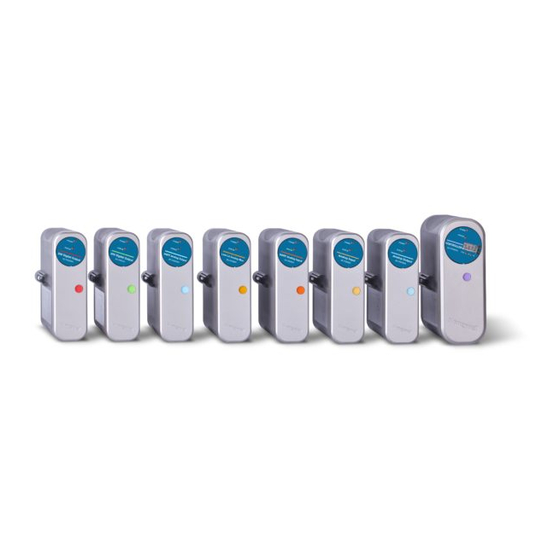
Honeywell Experion LX Manuals
Manuals and User Guides for Honeywell Experion LX. We have 2 Honeywell Experion LX manuals available for free PDF download: Operator's Manual, Client Manual
Honeywell Experion LX Operator's Manual (331 pages)
Brand: Honeywell
|
Category: Control Systems
|
Size: 7.22 MB
Table of Contents
-
Contents
3 -
-
-
Logging off22
-
-
-
Faceplates60
-
-
Using Points
93-
About Points93
-
-
-
-
-
-
About Messages177
-
-
-
-
-
-
Analog Point204
-
Process Point210
-
Status Point211
-
-
Chart View217
-
Table View219
-
-
-
Scale Options229
-
Using EFM Meters
236 -
-
-
Phase Control273
-
Step Control279
-
Unit Control281
-
Loading Recipes
288 -
-
Reference Topics
304-
Menu Summary304
-
Station Menu304
-
Edit Menu304
-
View Menu305
-
Control Menu306
-
Action Menu306
-
Help Menu307
-
-
Advertisement
Honeywell Experion LX Client Manual (129 pages)
Brand: Honeywell
|
Category: Control Systems
|
Size: 1.92 MB
Table of Contents
-
Contents
3 -
-
Servers
22-
Eserver27
-
Phd28
-
ESM Server33
-
Networks
34 -
Stations
45 -
Printers
51 -
Controllers
52 -
Points
57-
Algorithms63
-
Groups67
-
Trends67
-
-
-
Alarm Groups95
-
Alerts96
-
Messages97
-
Events98
-
Displays
99 -
Reports
105 -
-
Opc113
-
-
-
Quick Builder125
-
Control Builder125
-
System Displays125
-
Station127
-
-
Notices
128

